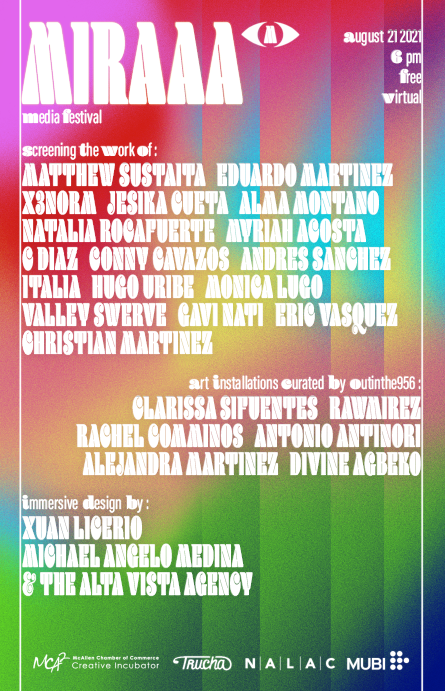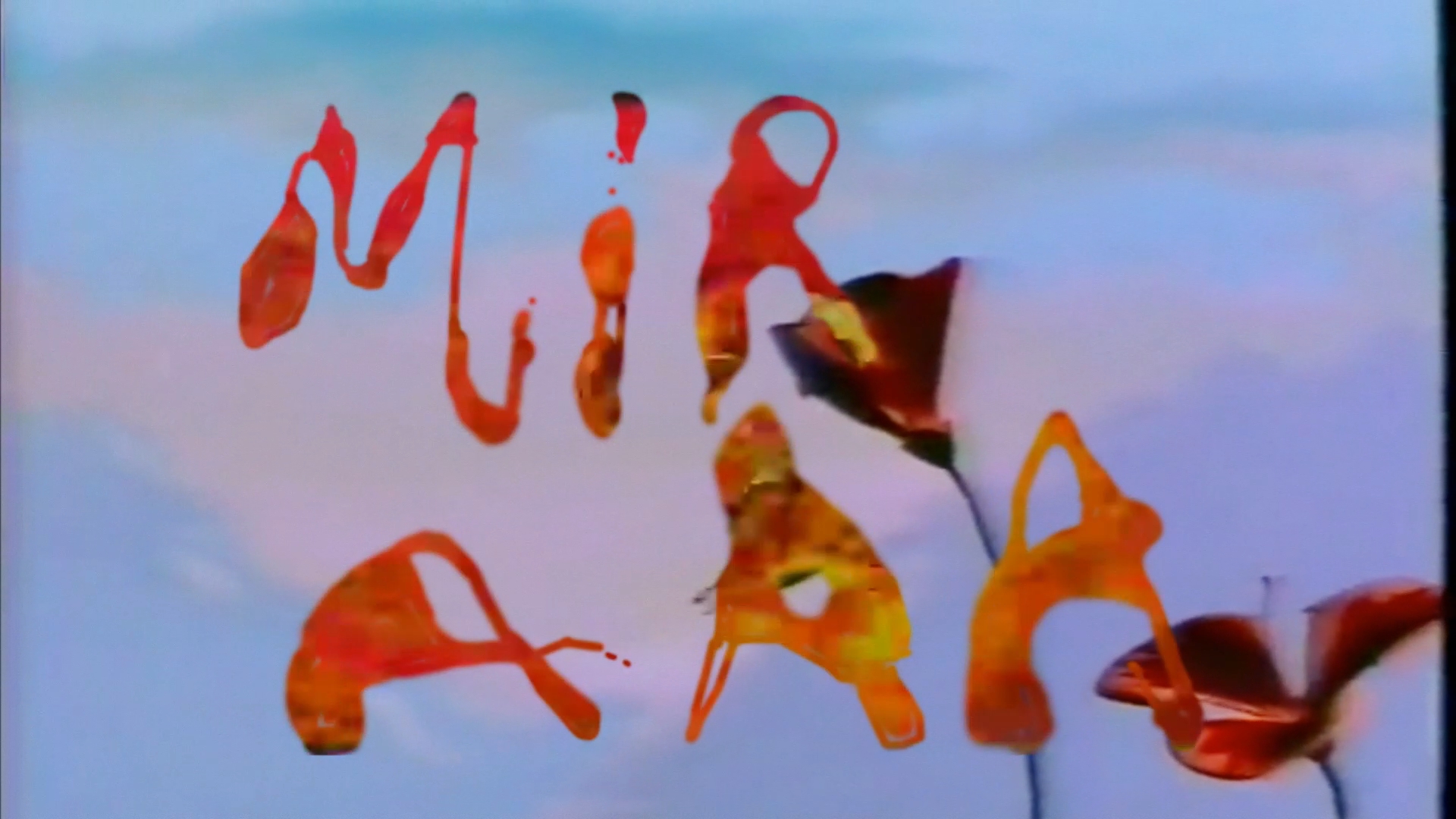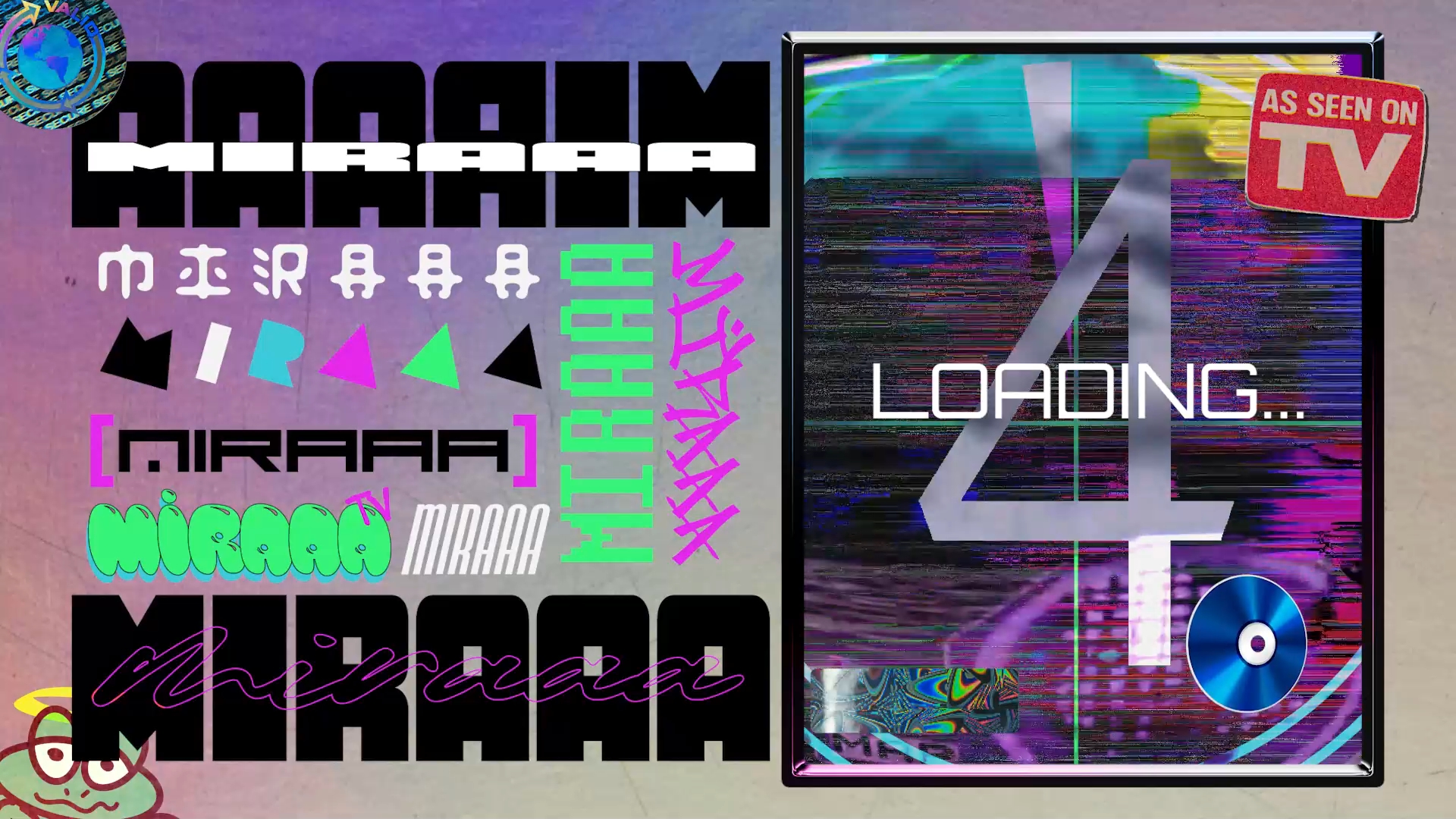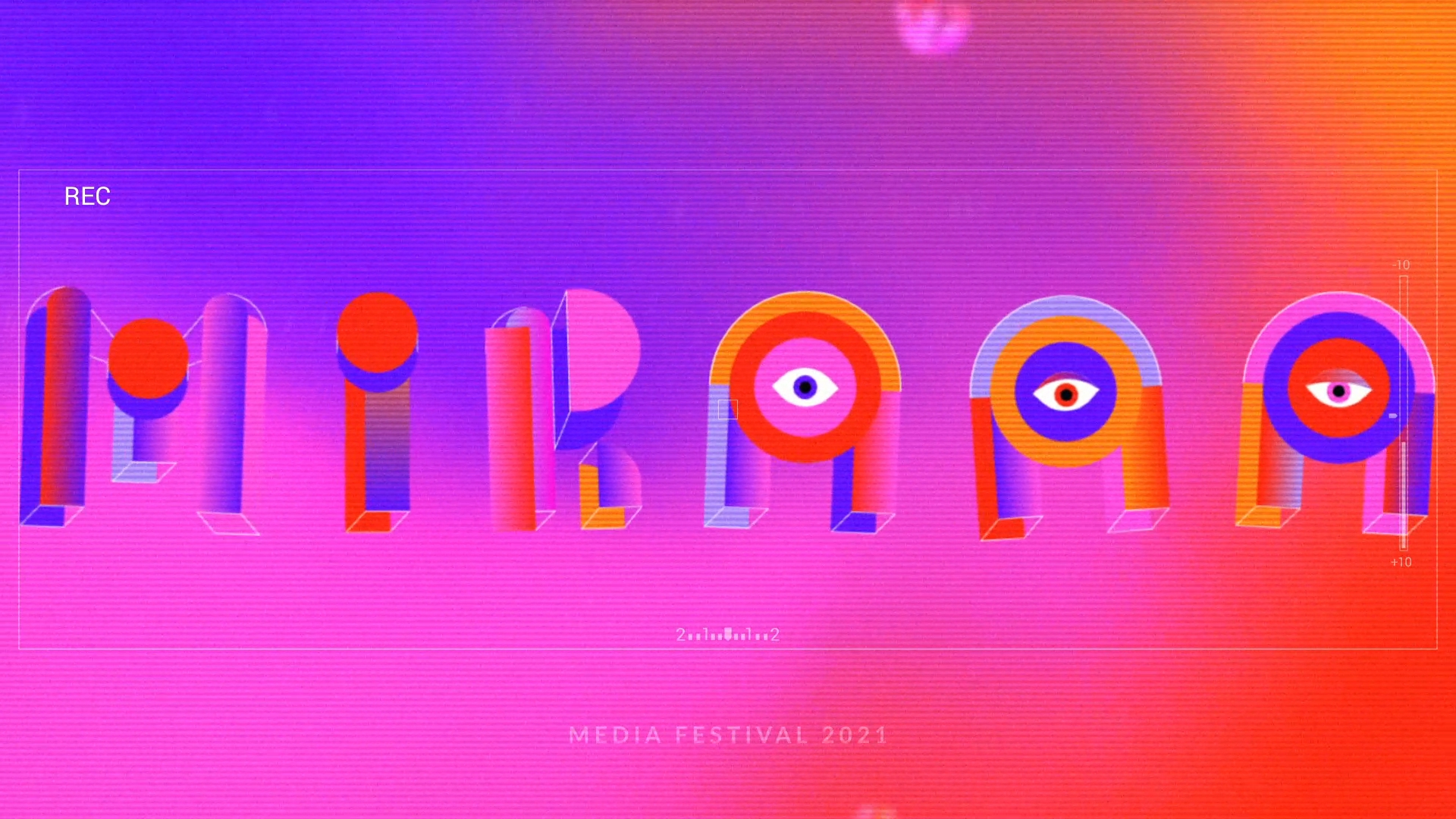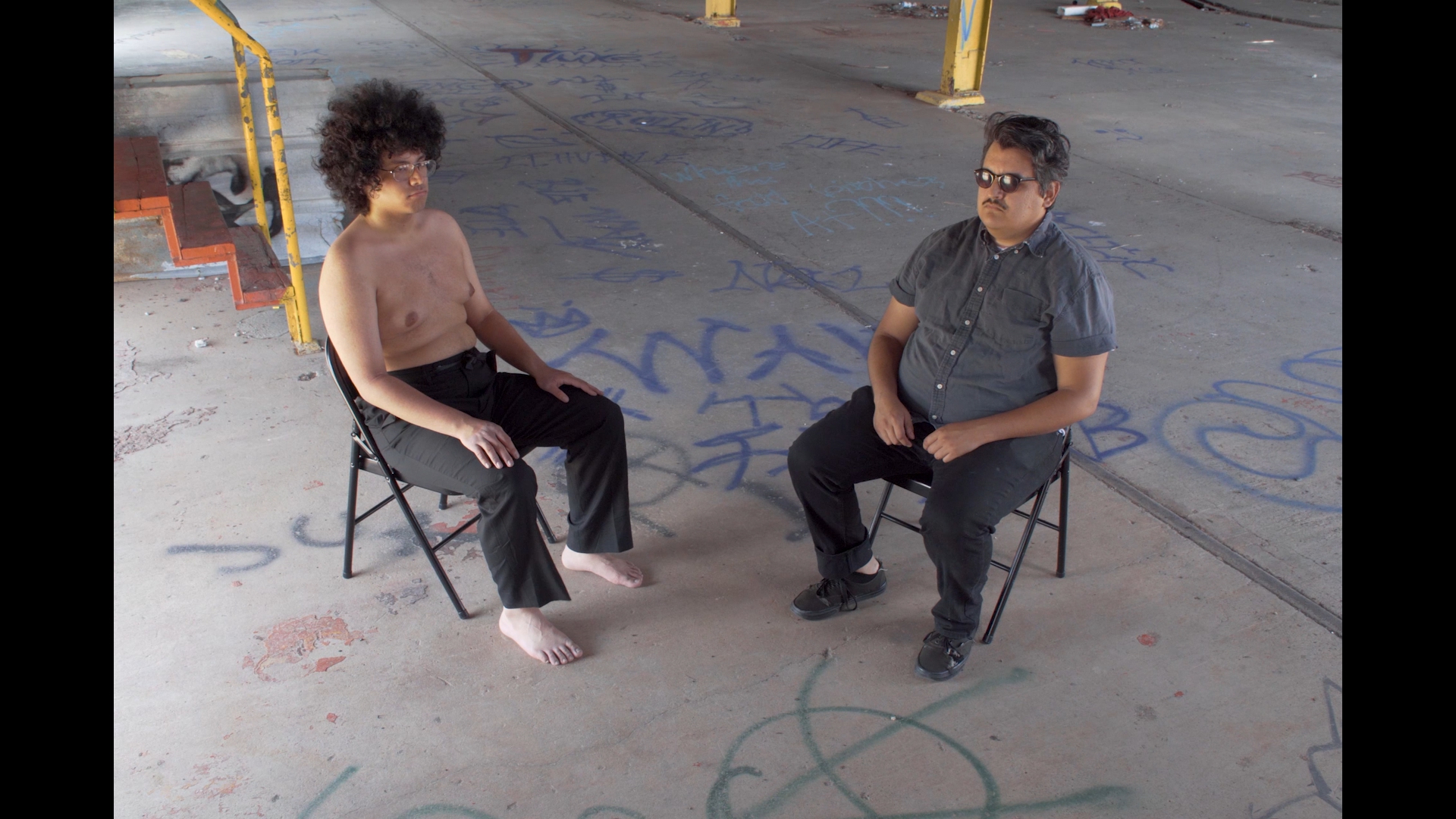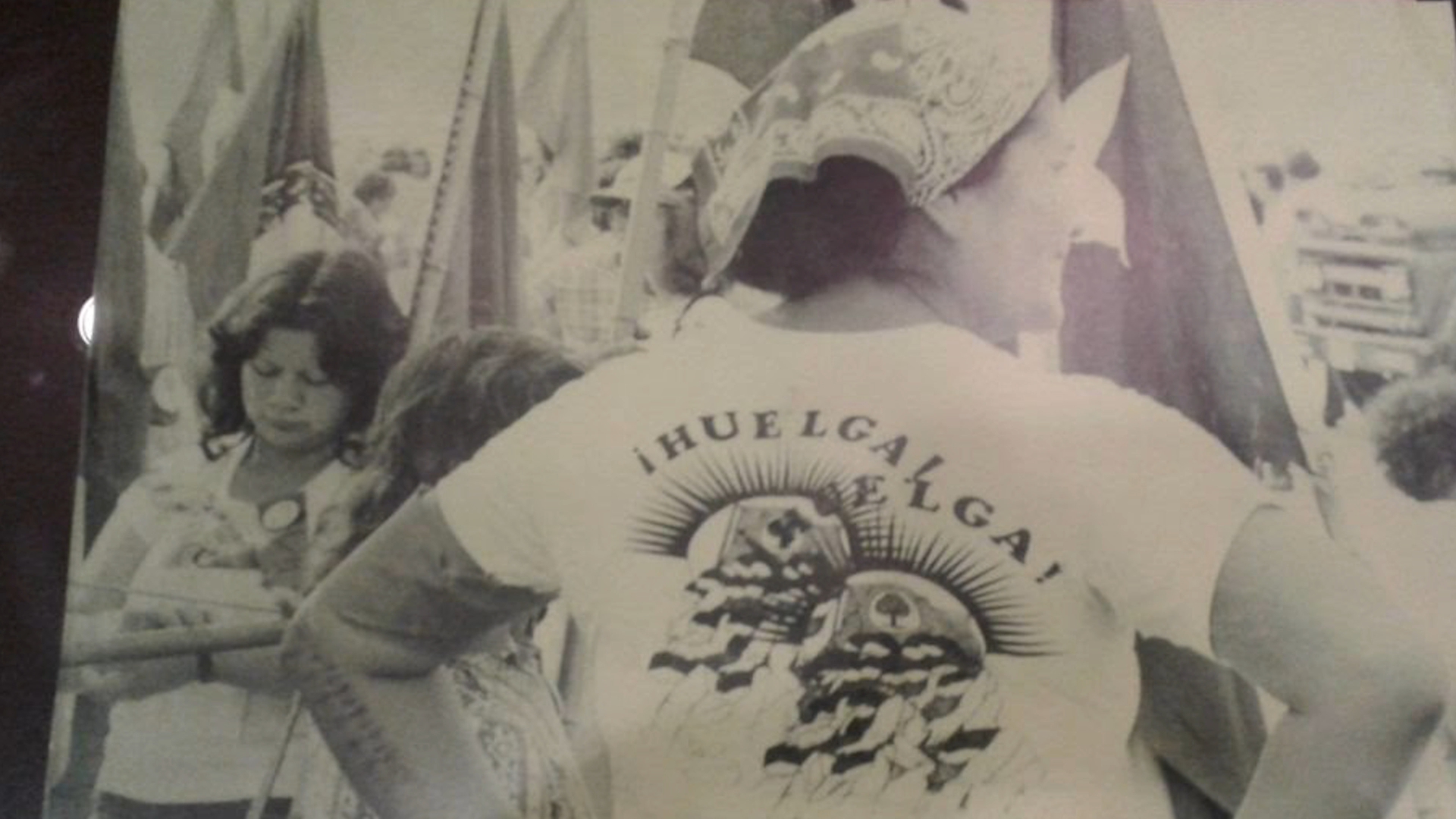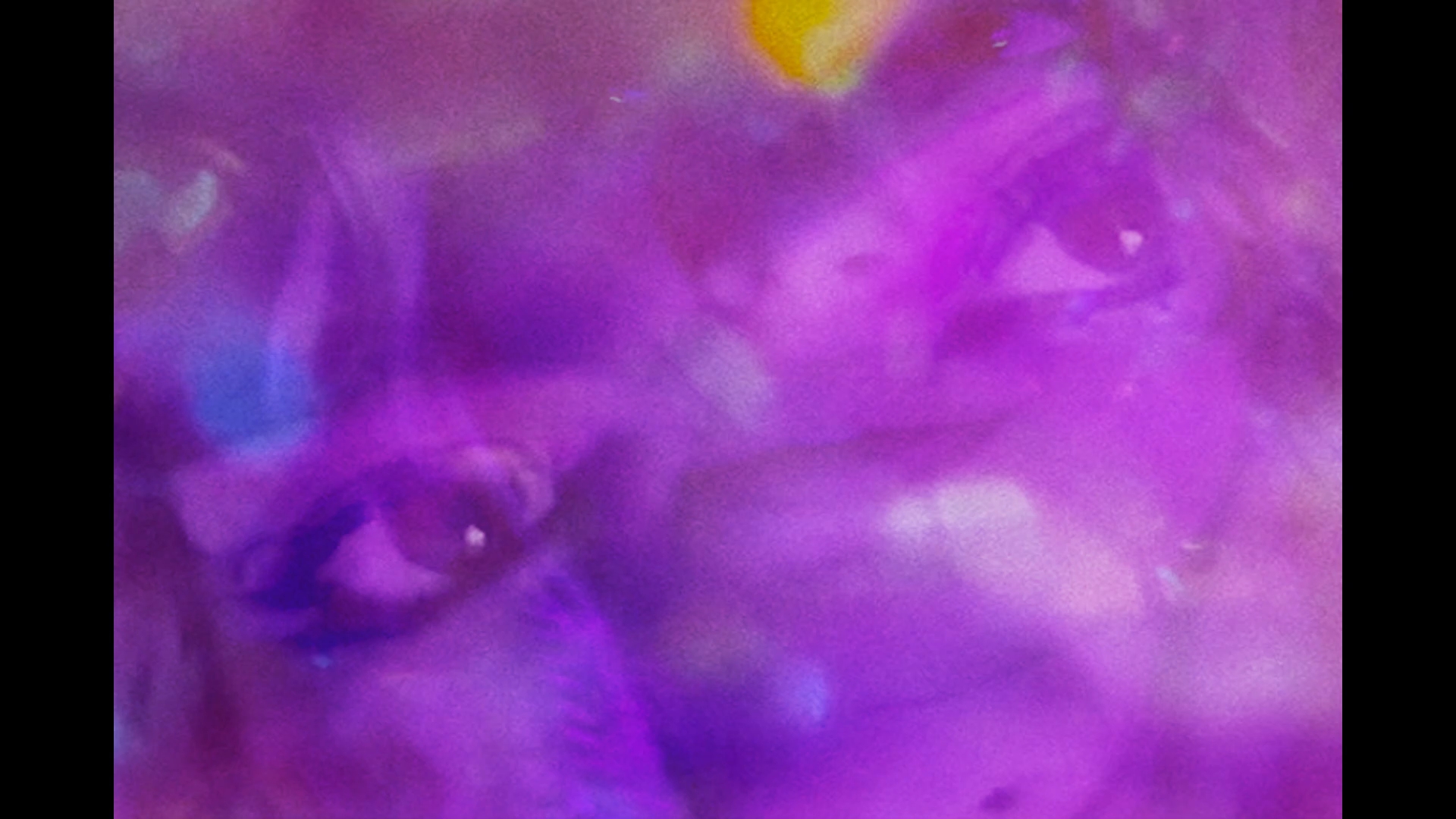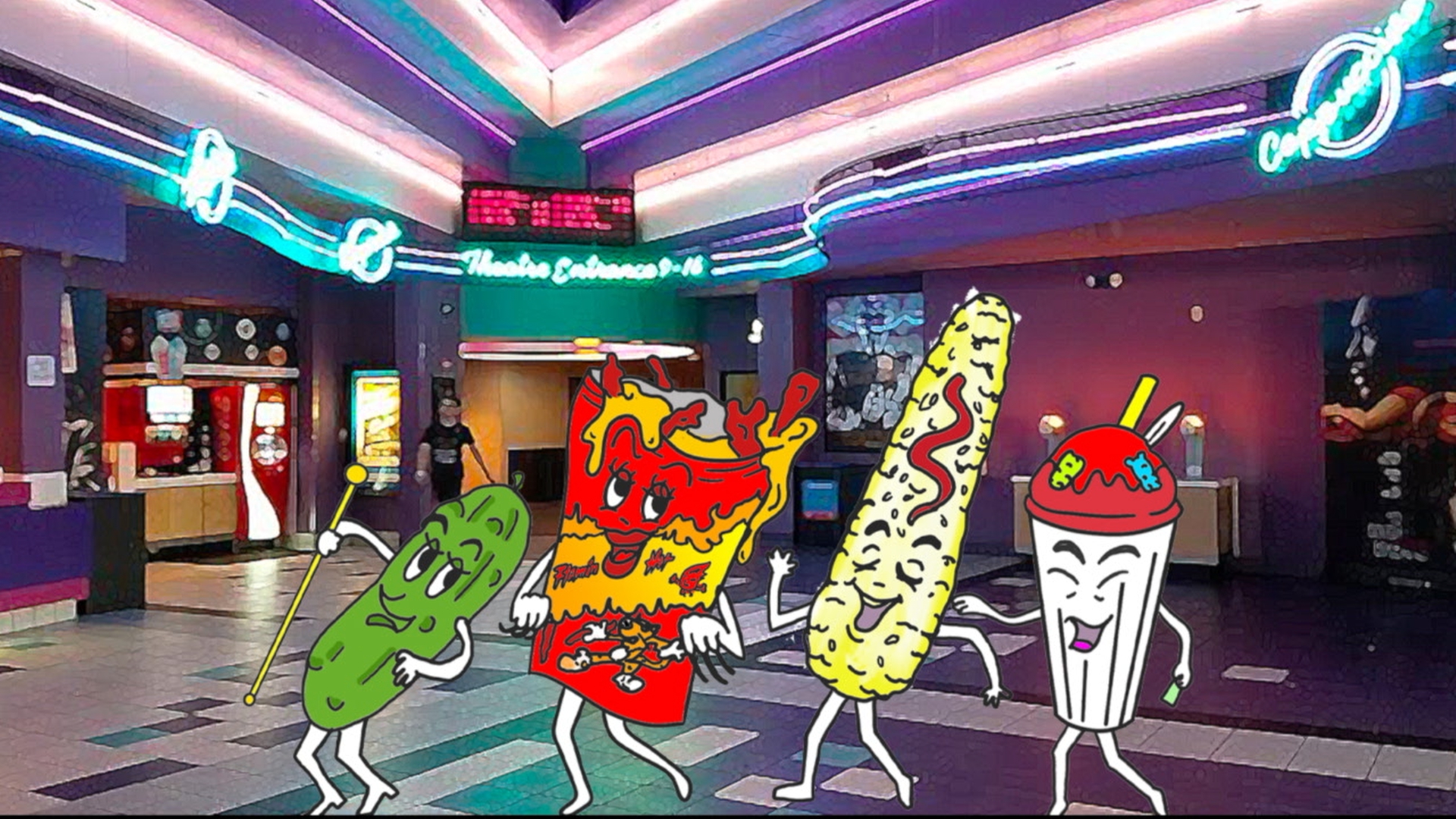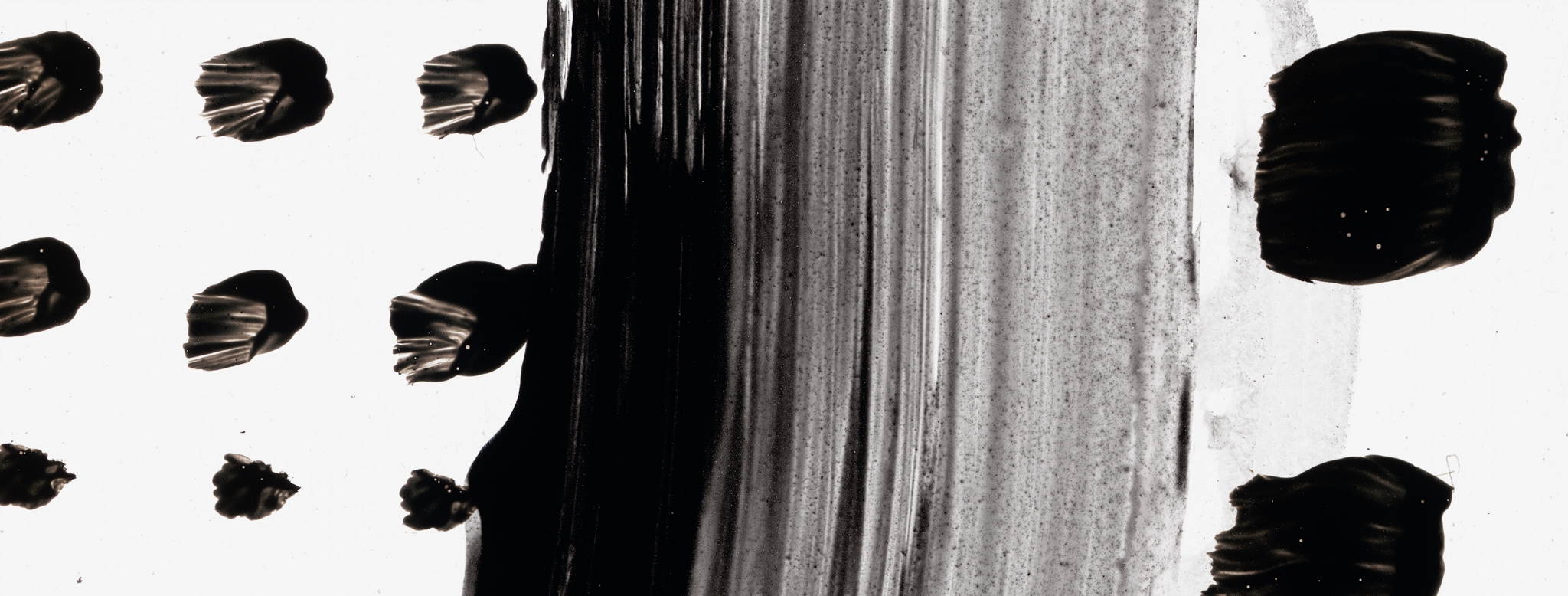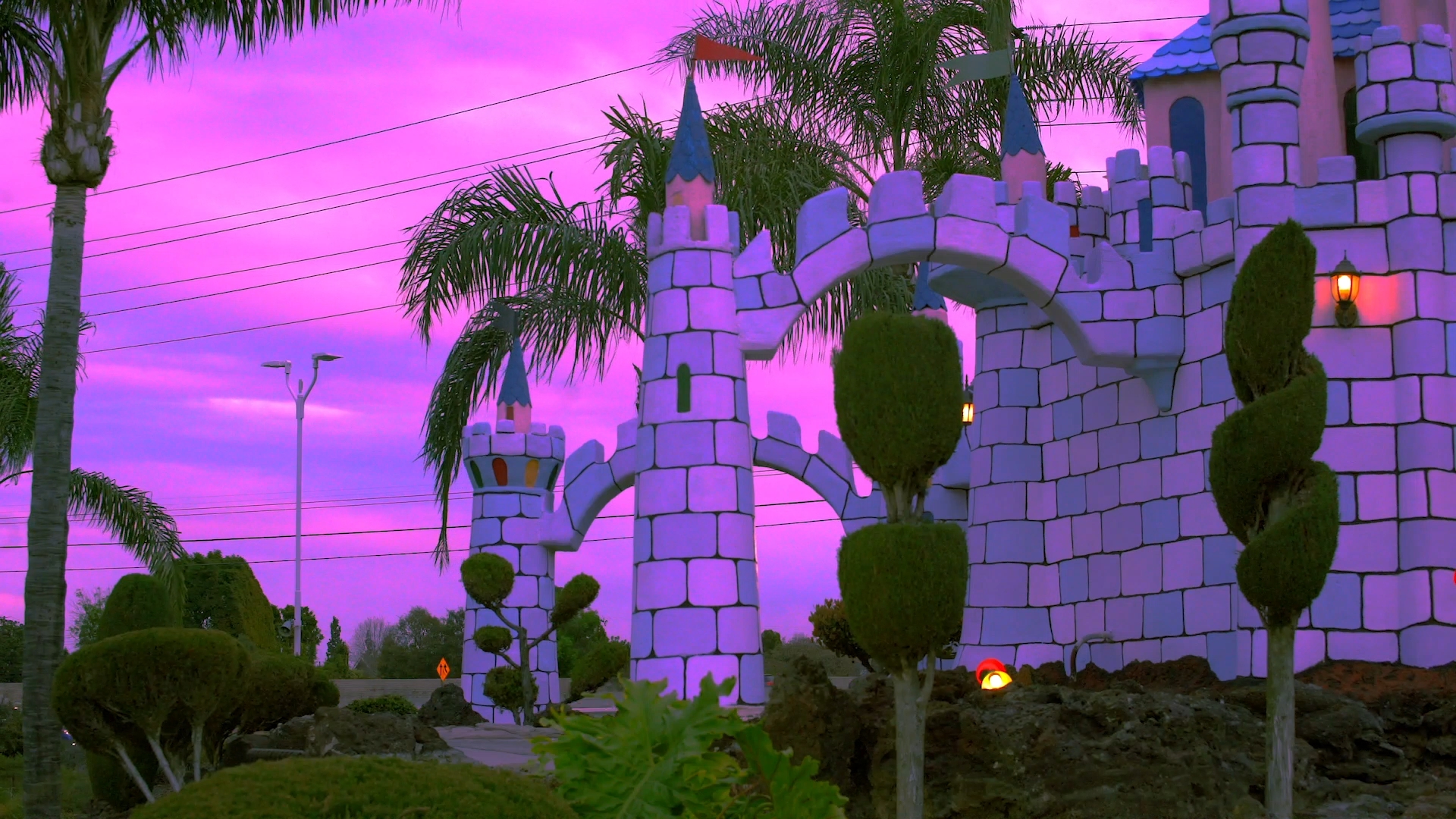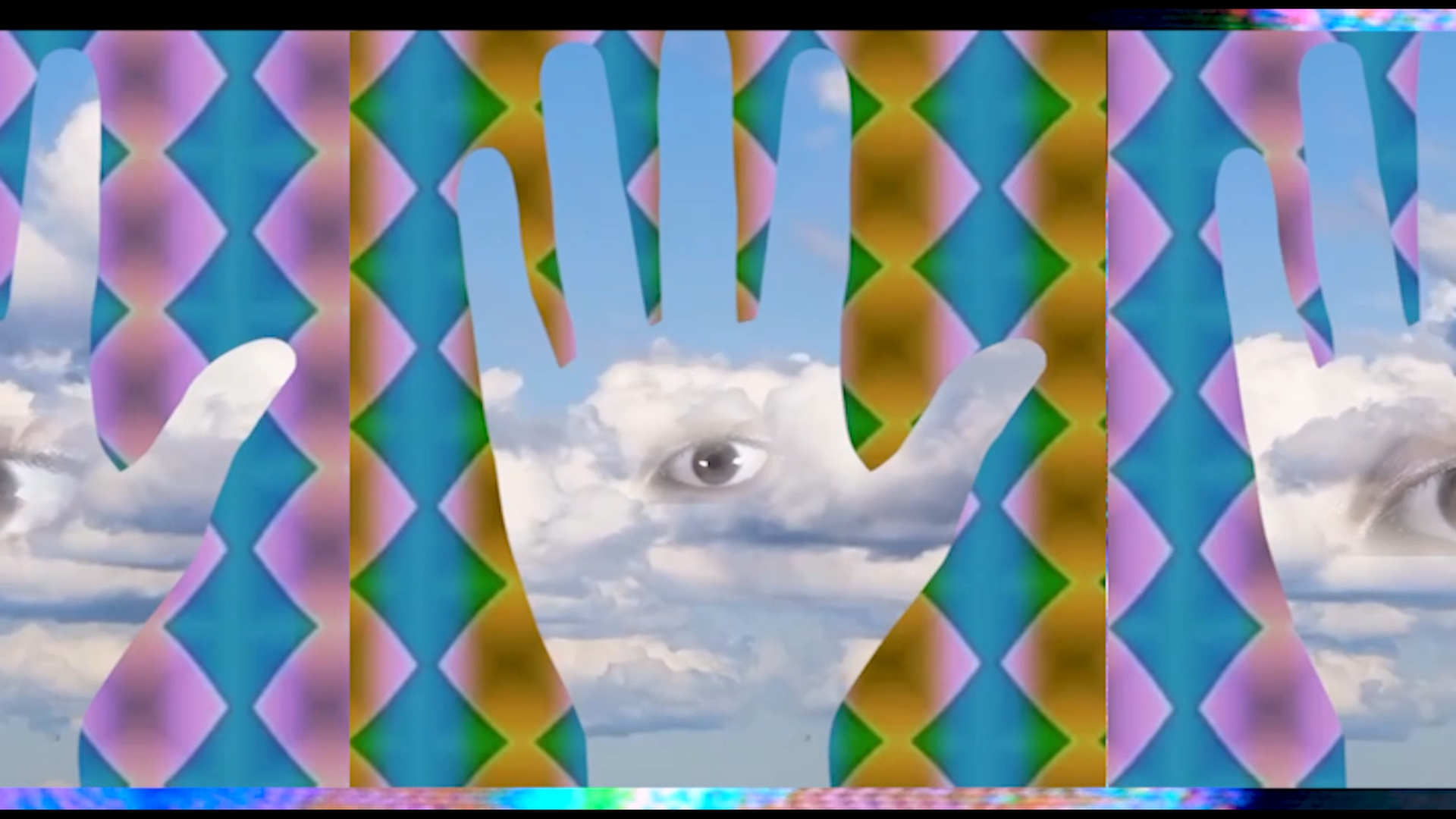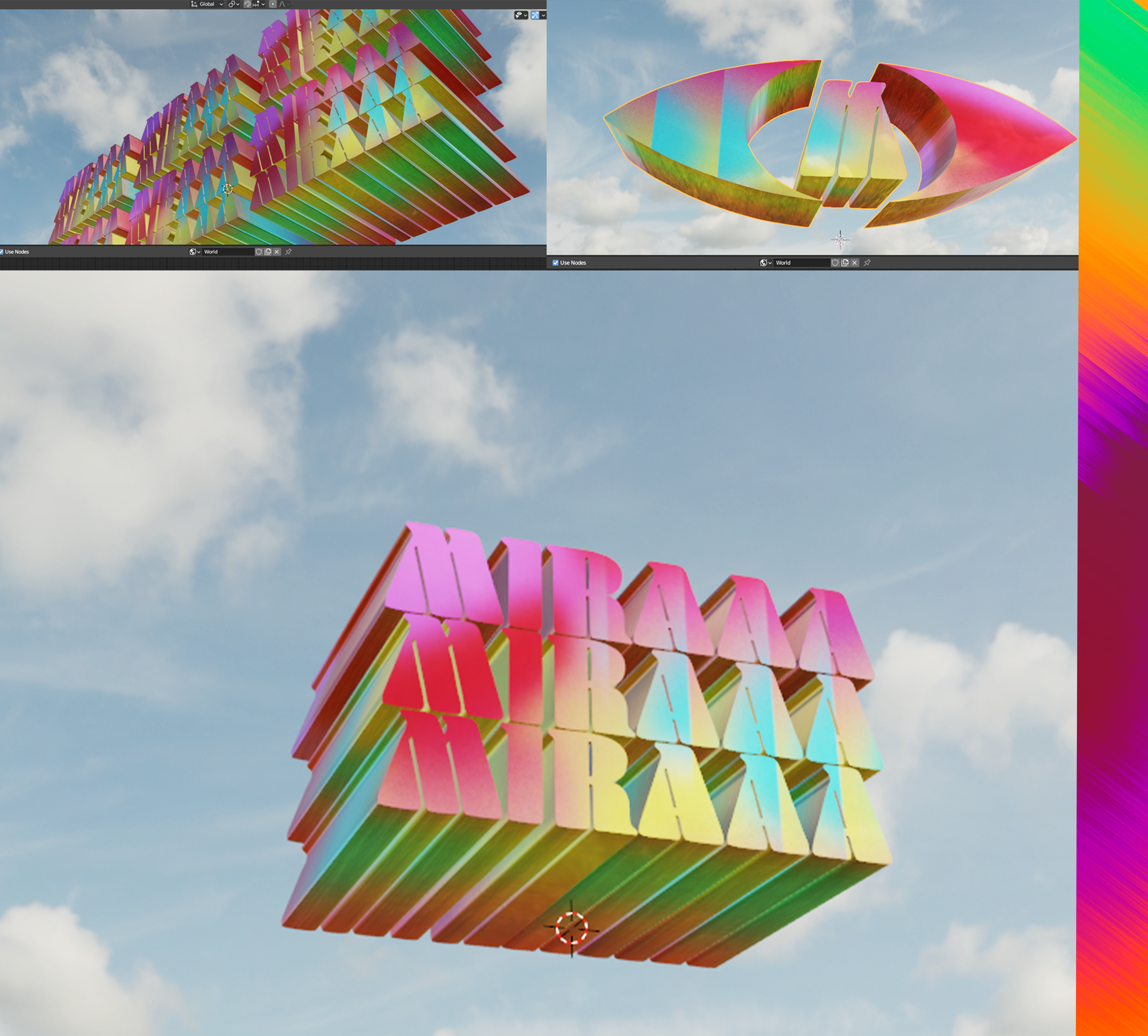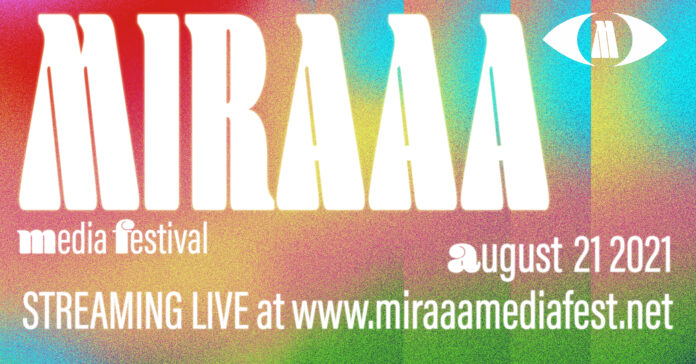
A festival seeking to uplift Rio Grande Valley artists using various media forms to show different perspectives of living in this border region will take place virtually next Saturday.
Originally, MIRAAA Media Festival was going to take place at the McAllen Creative Incubator on Aug. 21, with strict COVID-19 protocols for safety. However, as the virus continues to be prevalent in Hidalgo County, the collective members decided to hold the festival virtually.
The collective members behind MIRAAA Media Festival, who are also community organizers and producers, are film curator and designer Andres Sanchez, filmmaker C. Díaz, cultural organizer Josue Ramirez and digital producer Natalia Rocafuerte.
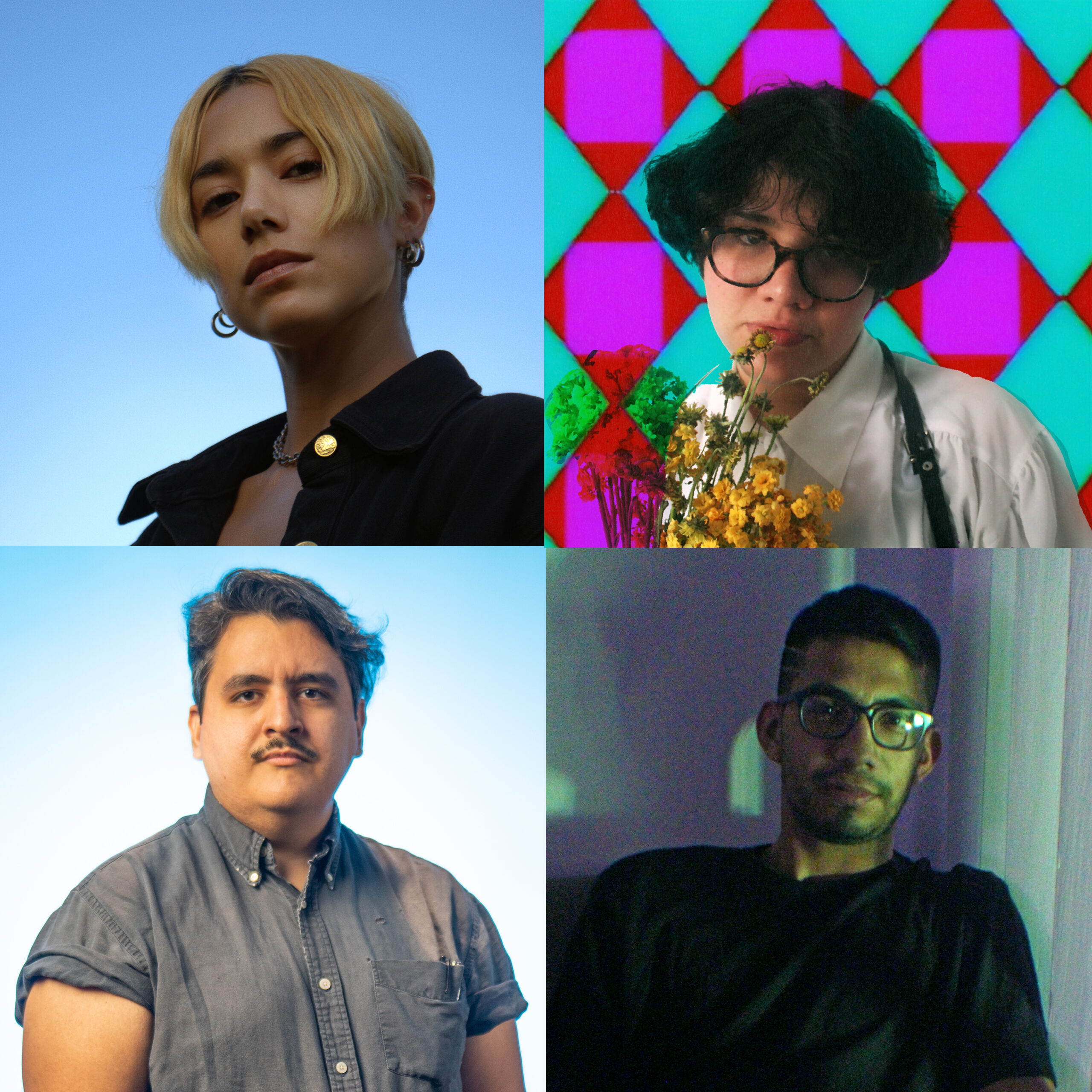
While more than 20 Valley artists will be featured at MIRAAA Media Festival, the collective members also established an artist registry on their website, in which anyone can submit a form that will keep the festival in touch with them and connect them with others.
Those wishing to attend MIRAAA are encouraged to RSVP at www.miraaamediafest.net in order to receive the link for the livestream that will kick off on Aug. 21. After that Saturday, Rocafuerte said the stream will be online on YouTube until the end of the month or early September for those who were unable to attend.
Although MIRAAA will be held digitally, the collective members worked to make the experience more interactive and engaging while connecting with the community as the event is free for all ages.
For example, Diaz explained that the first 200 people to RSVP will receive “swag bags,” that can be picked up at the McAllen Creative Incubator day of the festival from noon to 2 p.m. on a first come, first serve basis.
There will also be public voting for certain categories that each have unique prizes: the winner of the Breakthrough Femme/Non-binary Visual Artist category will receive a membership to Future Front Texas, a nonprofit in Austin that cultivate spaces where women and queer creatives, founders and leaders can grow together.
Other public voting categories include People’s Choice Best Collaboration (winner receives a write up on Hyperreal Film Club), Breakthrough Short Film (winner receives a one year subscription to Mubi) and Bumper Prize (winner receives a feature on Trucha).
Diaz said they selected prizes that would continue inspiring artists to continue creating.
Additionally, there will be two audience prizes for viewers who engage in the public voting (voters are automatically entered) in a separate raffle for a chance to win a $50 gift certificate to Bandera Coffee Co. in Harlingen and a $50 gift card to Tropicasa.
After the festival’s livestream, there will also be an interactive afterparty where people can turn their cameras on and interact with other artists.
In April, the National Association of Latinos Arts and Cultures named Trucha as one of the recipients of its Border Narrative Change Grant. Ramirez, who is also Trucha’s cultural organizer, said part of that grant money went toward MIRAAA Media Festival.
The grant aims to support arts and culture leaders on both sides of the border whose work challenges, shifts and transforms perceptions about the border and migration.
Ramirez and others hope artists work to change the current border town narrative that persists nationally; as immigration and border wall legislation remains a focus of the national media.
“This is kind of like the narrative that we’re trying to change, right? That there is not a space for that here — that the Valley is only a specific thing,” Ramirez said. “We’re saying, ‘No, there is much more happening locally.’”
Furthermore, Sanchez noted artists in the Valley tend to leave the region for bigger cities because they’re looking for the support system creative communities have in metropolitan areas.
“This is something that can be done down here,” Sanchez said, adding that MIRAAA Media Festival commissioned artists for works. “It runs contrary to the idea that you have to, for example, leave the Valley to find an opportunity like this, where you can get paid to either submit or create work in this capacity.”
“We deserve to have those spaces. We deserve to be seen and validated,” Díaz said. “Yeah, we can leave and go and explore the world, but there is something about making art on this land that’s really important to all the people involved in this festival and it takes many forms.”
The drive to create such spaces where artists are free to express themselves through different mediums stems from conversations between the collective members of their experiences growing up in the Valley and navigating through art classes offered by schools, in which the art they were creating didn’t feel affirmed in those spaces.
“It’s just people kind of experimenting with doing something that’s non-commercial,” Rocafuerte said. “We just want it to be a space where people can come together and feel empowered to call themselves an artist and make stuff about their life, but also just like experiment.”
For more information and updates on MIRAAA Media Festival, visit www.miraaamediafest.net or the festival’s social pages on Facebook, Twitter, YouTube and Instagram.

